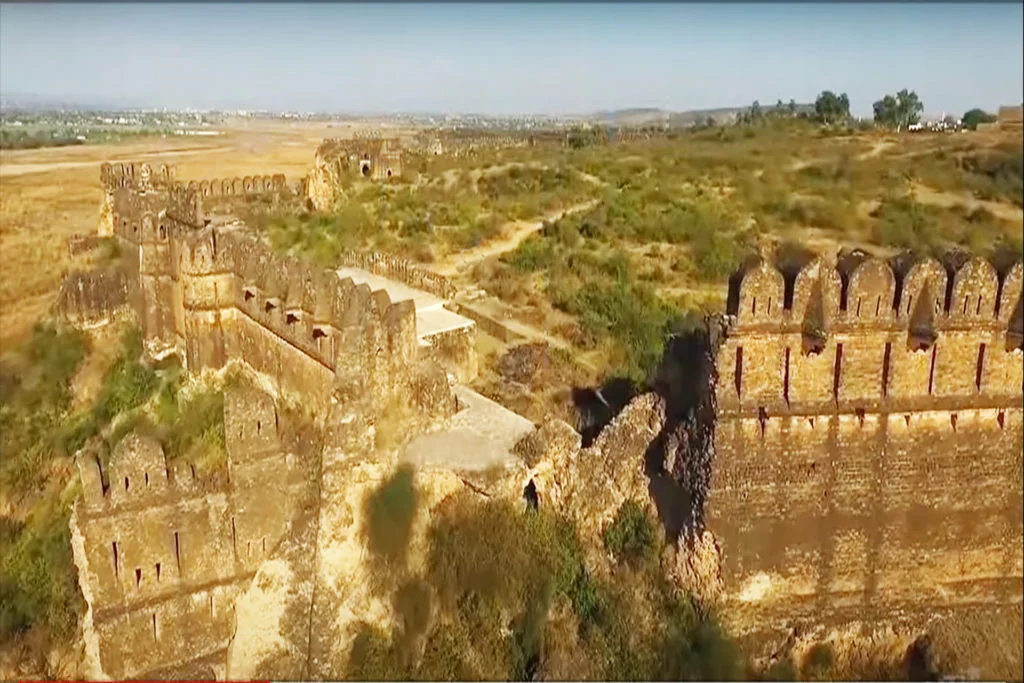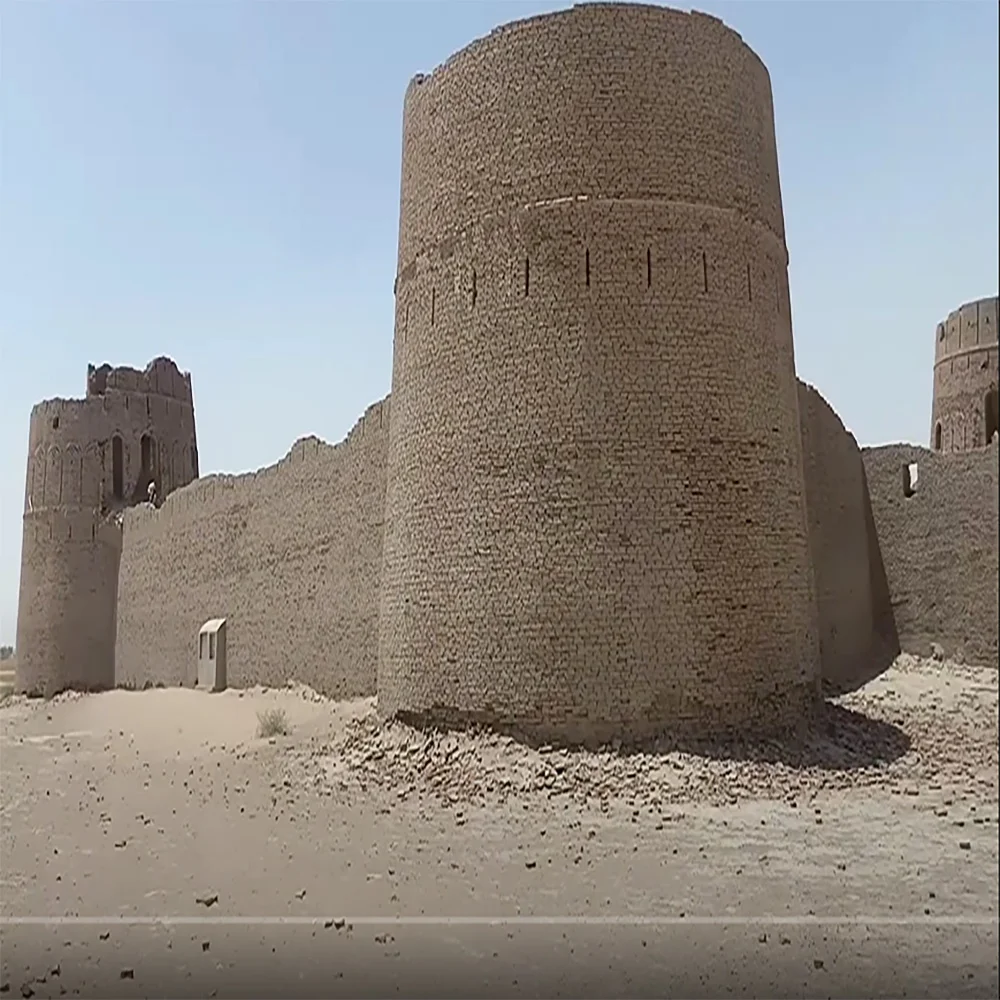The Jordan River is a storied watercourse of historical and religious significance, flowing through the heart of the Middle East. Its banks have witnessed countless events, both ancient and modern, and its waters have played a pivotal role in the spiritual beliefs of several major religions. In this article, we will explore the cultural, historical, and religious significance of the Jordan River, and we will also delve into the unique spiritual sanctuary known as the Jordan River Temple.
The Jordan River: A Historical Overview
The Jordan River stretches approximately 156 miles (251 kilometers), flowing from its source at the Sea of Galilee in Israel through the Jordan Rift Valley and ultimately emptying into the Dead Sea. It is one of the most famous rivers in the world, known not for its size or length, but for its profound historical and religious importance.
Religious Significance
1. Christianity: The Jordan River holds deep religious significance for Christians. It is believed to be the site where Jesus of Nazareth was baptized by John the Baptist, marking the beginning of his public ministry. This event is described in the Bible, particularly in the Gospels of Matthew, Mark, and Luke, and is commemorated by Christian pilgrims who visit the region.
2. Judaism: In Jewish tradition, the Jordan River holds a significant place as well. In the Hebrew Bible, it represents a boundary and a passage of great importance. It is associated with the Israelites’ crossing into the Promised Land under the leadership of Joshua. The river is also mentioned in various other biblical stories, including the parting of the waters by the prophet Elijah.
3. Islam: In Islam, the Jordan River is recognized as a significant geographical feature. Although not as central to Islamic tradition as it is in Christianity and Judaism, it is mentioned in Islamic texts and holds a place of historical and cultural importance.
The Jordan River Temple
1. History: The Jordan River Temple is a place of worship and spiritual reflection for members of The Church of Jesus Christ of Latter-day Saints, commonly known as the Mormon Church. The temple was dedicated in November 1981, making it the Church’s eighth operating temple at the time. It is located in South Jordan, Utah, USA, far from the historical Jordan River but symbolizing the sacred connection of baptism and renewal.
2. Spiritual Significance: Like all LDS temples, the Jordan River Temple is a place where Mormons believe important religious ordinances, such as baptisms for the dead, are performed. Baptisms in this temple are particularly significant due to its name and the parallel it draws between the sacred act of baptism and the symbolism of the Jordan River.
The Jordan River is not merely a geographical feature but a river of profound spiritual importance. Its historical and religious significance extends across multiple faiths, uniting them in a shared reverence for this ancient waterway. Additionally, the Jordan River Temple serves as a testament to the enduring importance of the river’s symbolism in the context of contemporary religious practice, reinforcing the idea that this river’s legacy continues to flow through time, connecting the past, present, and future of diverse faith traditions.






